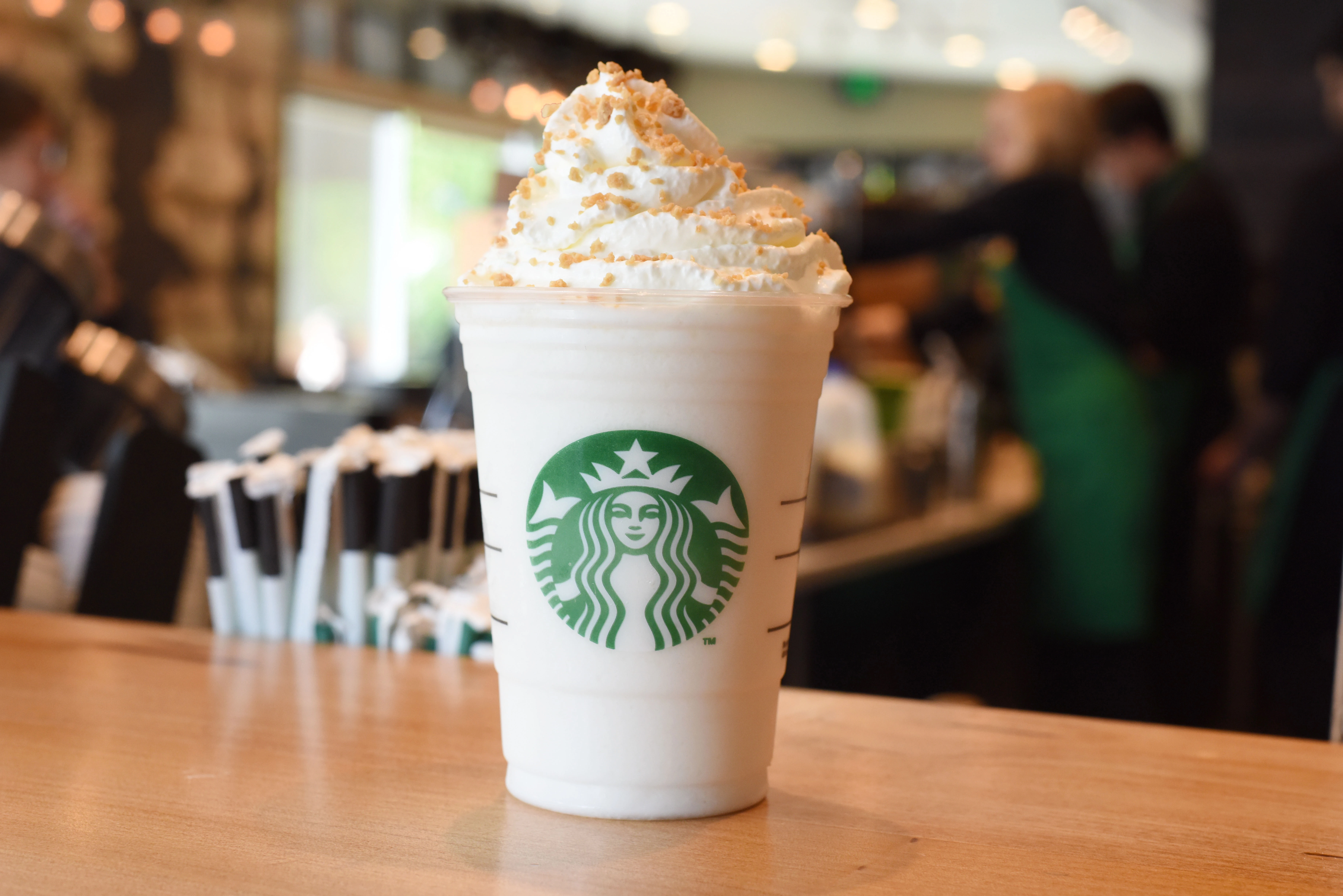Starbucks Plan B
- Edgar Anaya

- Sep 22, 2022
- 3 min read
Updated: Oct 15, 2023
For 22 years, Howard Schultz acted as CEO of one of the most iconic companies of the twentieth century: Starbucks. When he started working as the Starbucks Marketing Director in 1985, Starbucks consisted of only 11 stores. When he stepped down from active leadership in 2018, Starbucks consisted of 28,000 stores in 77 countries. Because of his leadership, Starbucks not only survived the 2007-2008 financial crisis but achieved higher levels of success than a single coffee company has ever achieved.
In his book “Onward”, published in 2011, Schultz delivers insights into how his team saved a company from continued decline. Before the financial crisis Starbucks had been enjoying exponential growth but at the cost of increasing inefficiency, separation from the company’s core values and poor real estate choices. The book is Shultz's story of the difficult decisions he had to make to save the company’s brand reputation and economic viability. That was Plan A, but without knowing well, there was a Plan B, an Operational Excellence plan no one put too much attention, to but eventually shadowed Shultz Plan A.
Plan A
Starbucks’ coffee is exceptional, but that emotional connection is their true value proposition. Building a website to collect customers’ feedback and ideas was the first step. The company invested in social media attracting 27 million fans. Created a new product: Pike Place Roast in April 2008 which became very successful. The company focused on its core customer and implemented a Loyalty program that not just improved loyalty but reduced the number of credit card transactions and the millions of dollars in associated fees. Particularly interesting is that Shultz fell for a “silver bullet mentality”, trying to find something that would change his business overnight.
Nevertheless, Howard also described how painful it was for him to close stores and let go of workers. It was 600 at the end. 70% of which had been opened in the previous 3 years, during the crazy push for growth and expansion.

The Plan B
To regain some entrepreneurial spirit, Schultz allowed store managers to begin making small changes to find best practices. Some of these included a new system of brewing coffee to reduce customer wait times and reorganizing the storeroom to increase restocking efficiency. Receiving and implementing suggestions from customers and front-line workers increased satisfaction from both parties as well as reduced waste and inefficiency.
Although Starbucks had never been a lavish operation, just relatively undisciplined, its managers quickly identified low-hanging fruit that they had never gone after in a lasting or meaningful way. A particular store manager and his team were already applying lean techniques to simplify and streamline the work of the baristas. They found efficiencies by optimizing their time and energy while improving the speed of service during busy morning hours and in the afternoon by reducing labour hours.
Eventually, the leadership team felt confident that Starbucks could take $400 million in permanent costs. Later that year it was communicated to the board of directors as Plan B, but “No”, they responded, “This should be our new Plan A”. (Onward 2011, page 219).
It brought so much attention to Shultz that he visited the Starbuck Commerce Centre located in Vancouver, Washington. “I looked around and the other 11 partners who were either working the drive-thru window or serving customers at the bar. The place looked a little calmer, maybe, and the layout of products and equipment was not typical. Yet everything also seemed to be in its rightful place”.
Shultz flew back to Seattle and Portland knowing that there were conducting experiments in several stores to improve customer service and partner engagement. “I’d harbored doubts about this so-called lean program, which was relatively new to Starbucks but not to the business world”. He added later: “What a difference six months can make. By June 2009, tangible signs that the transformation was taking hold began to emerge: More of our partners were embracing lean principles, and customer surveys were measuring statistically significant improvement in service and satisfaction” (Onward 2011, page 281).
Shultz recognized that “Lean techniques put the company on a path of achieving operational excellence, finding new ways to deliver world-class customer service and perfect beverages while keeping costs in line and our partners engaged” ((Onward 2011, page 321).
In the same year, Starbucks partners and directors named Lean their most valued program of the year. Plan B was recognized as the Plan A that helped save the company once in the blink of insolvency.
Source: Shultz H, “Onward: How Starbucks fought for its life without losing its soul”, 2011, Rodale, USA)









Comments